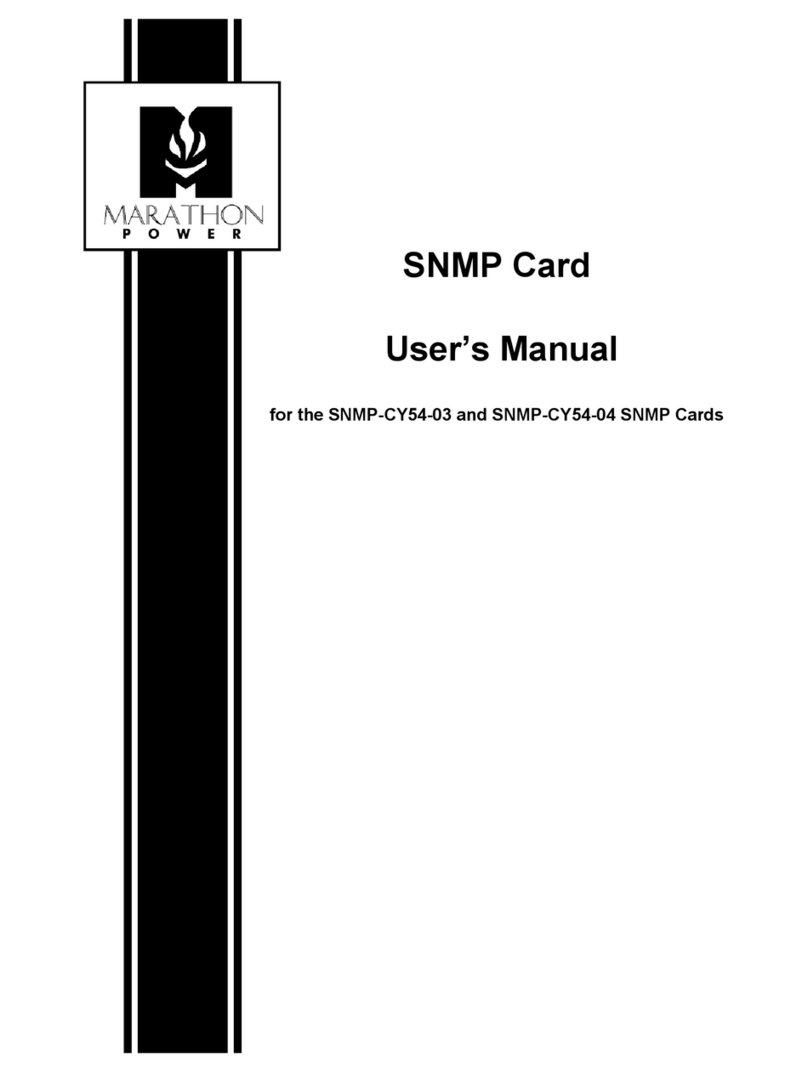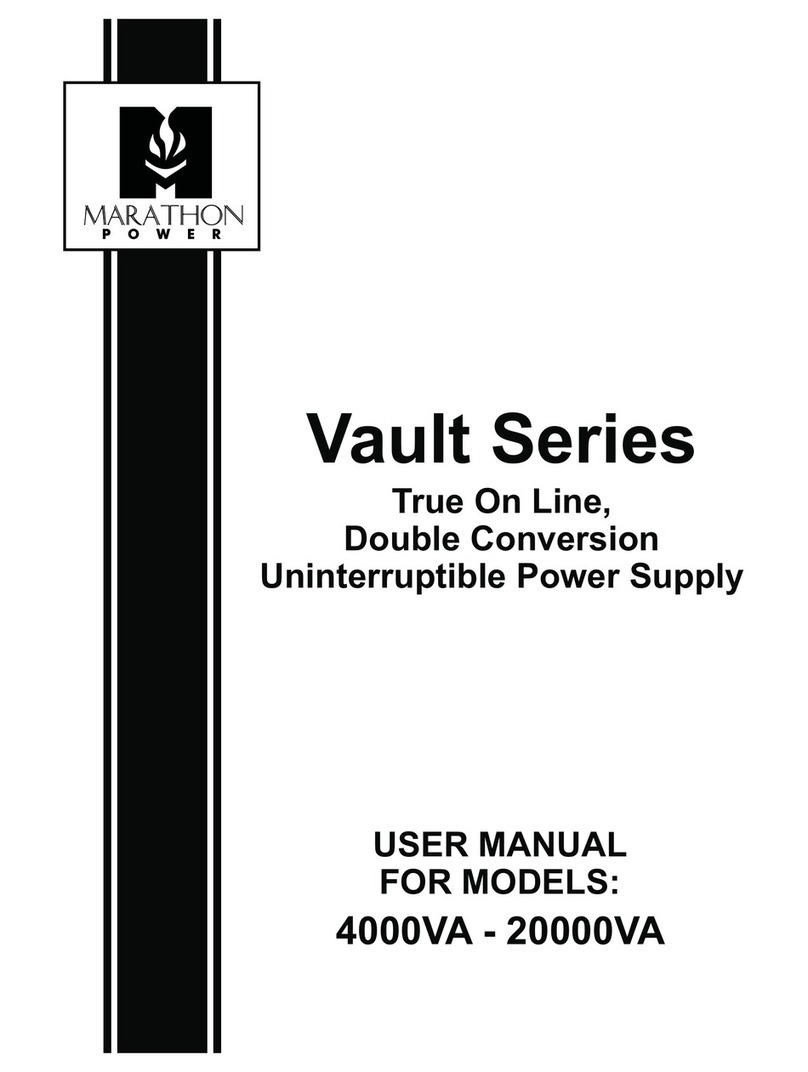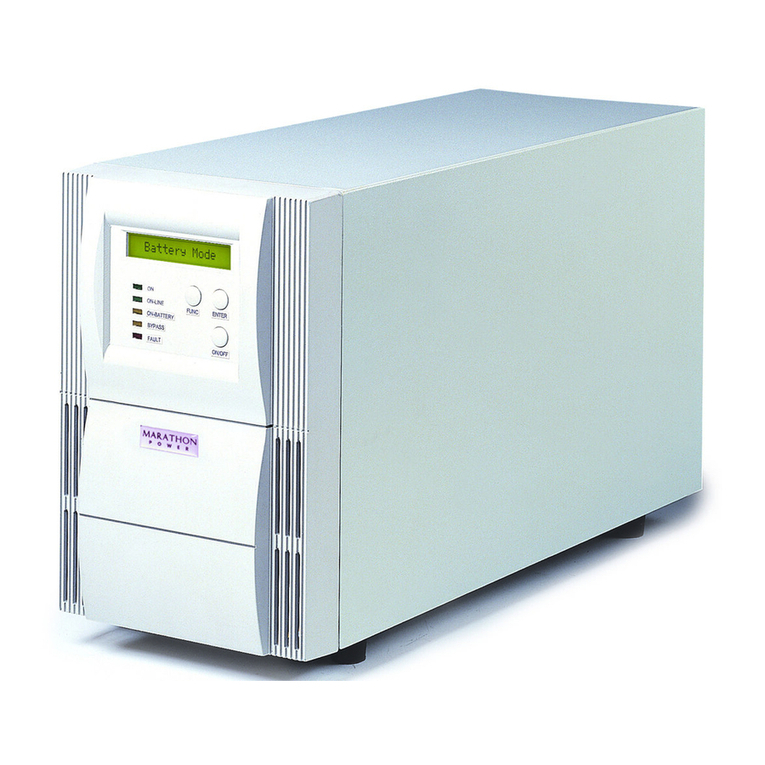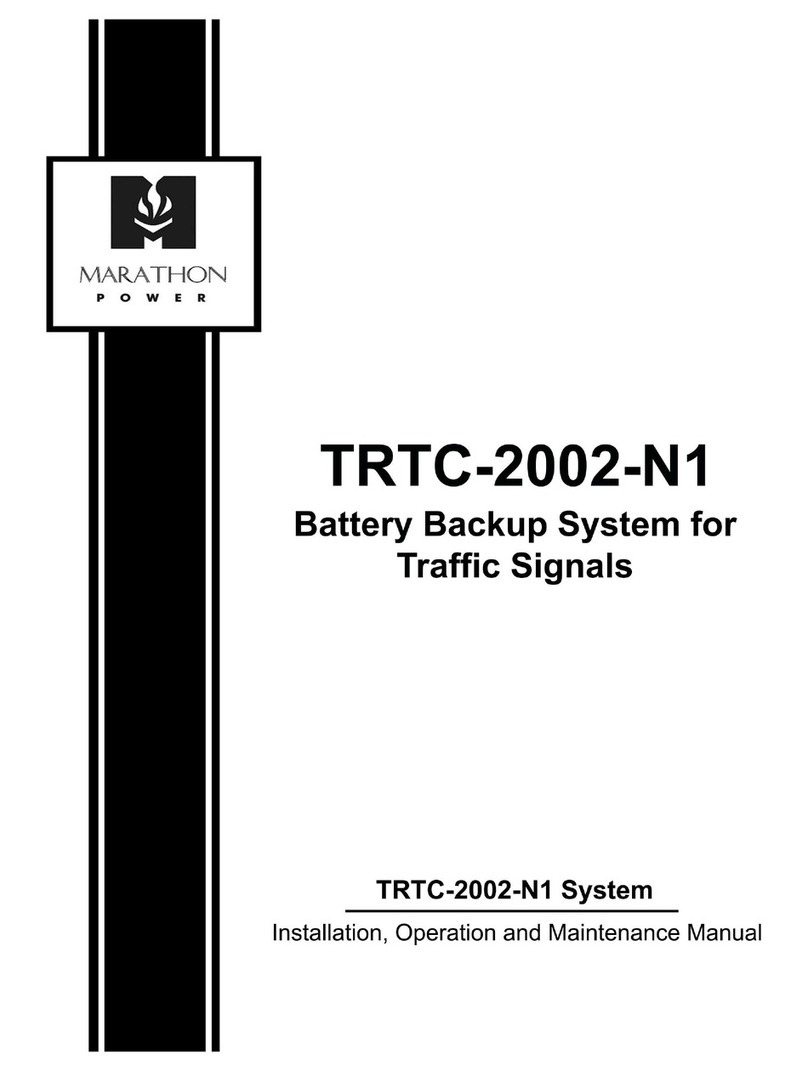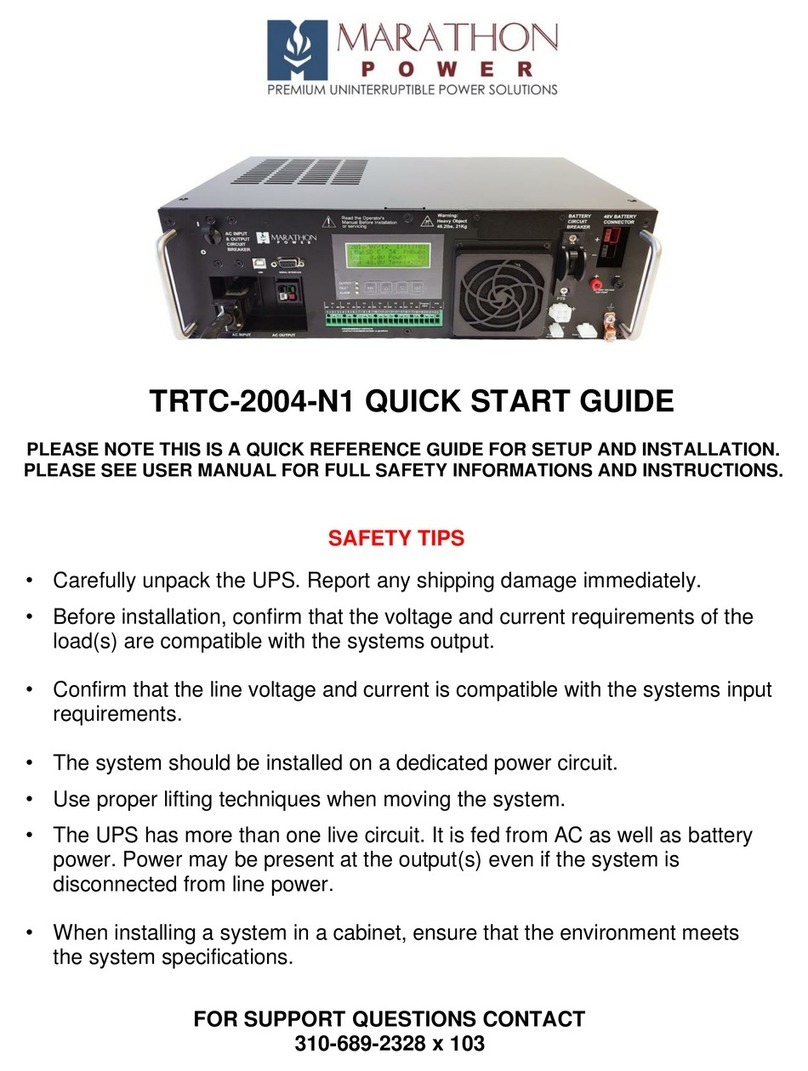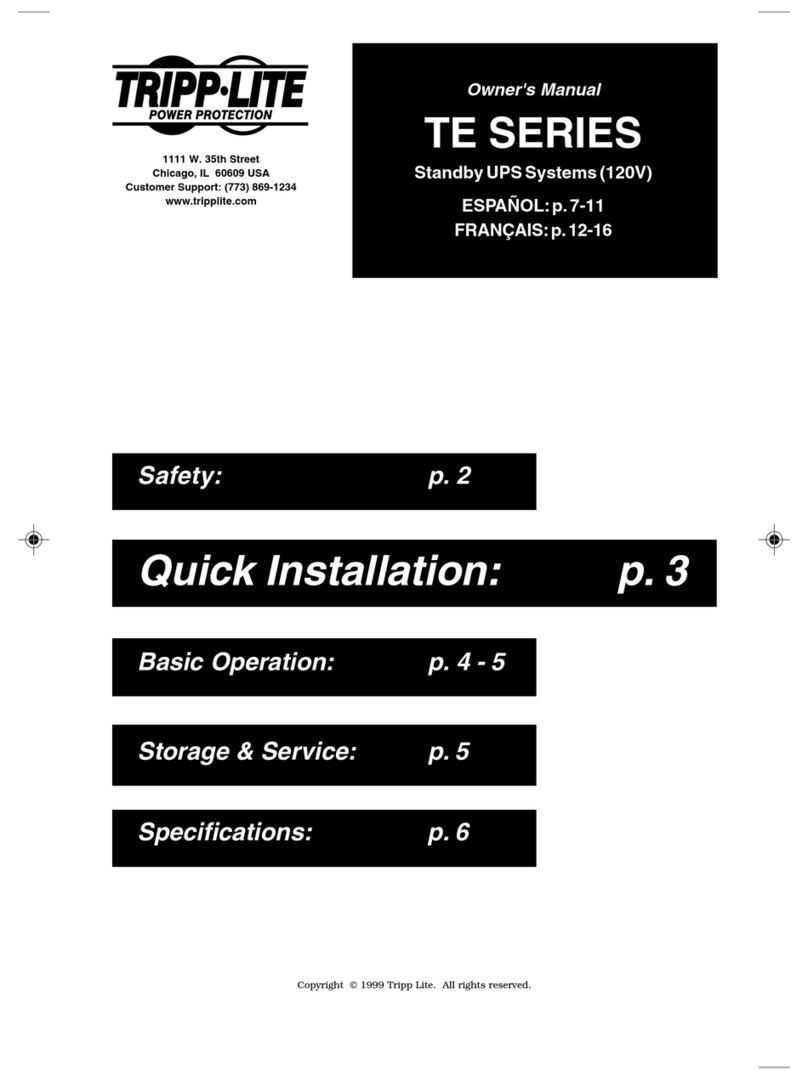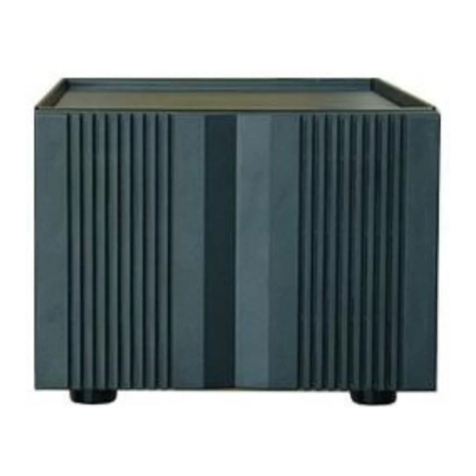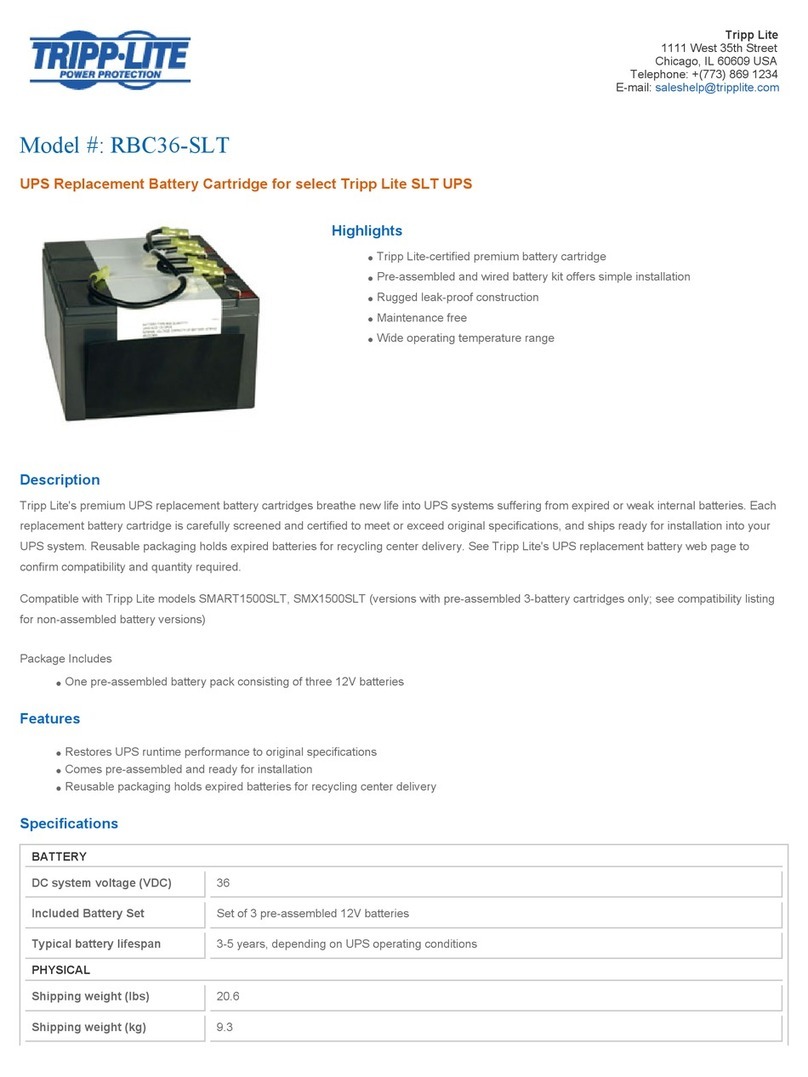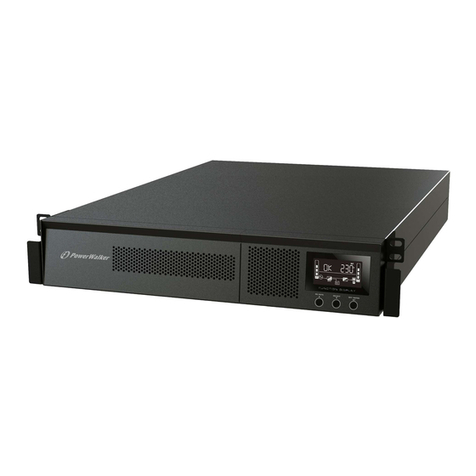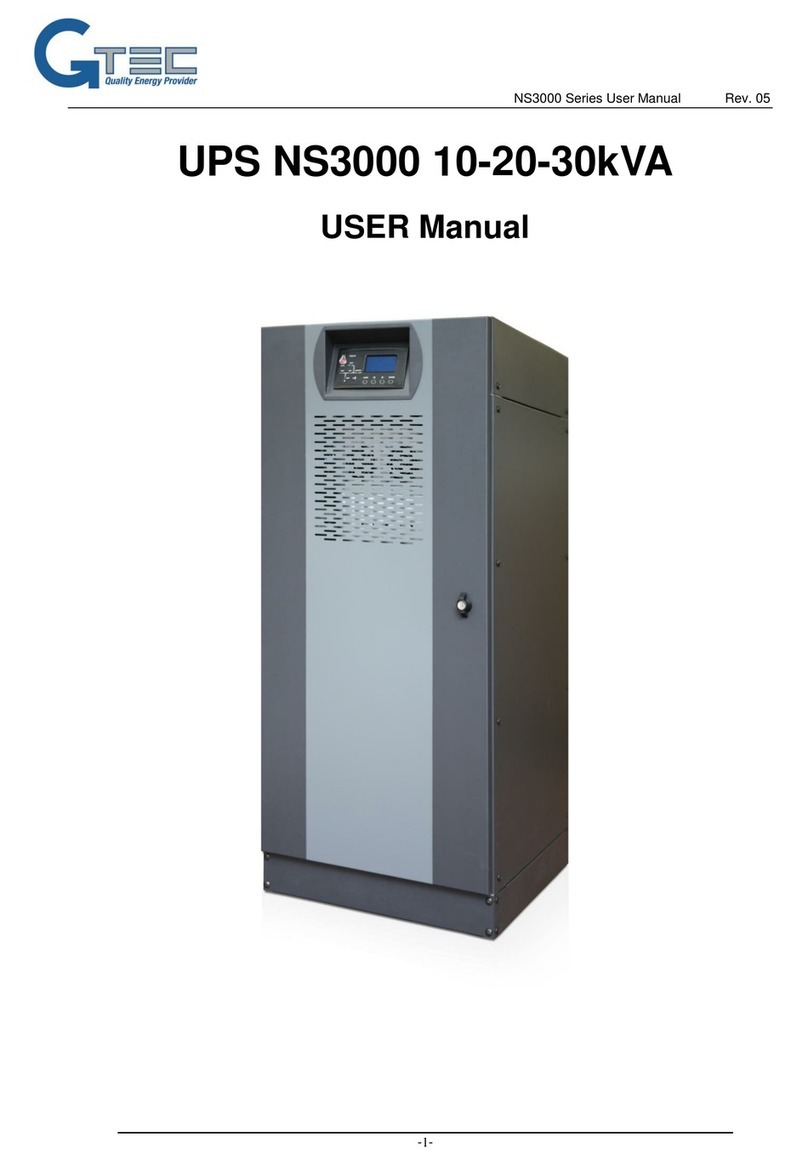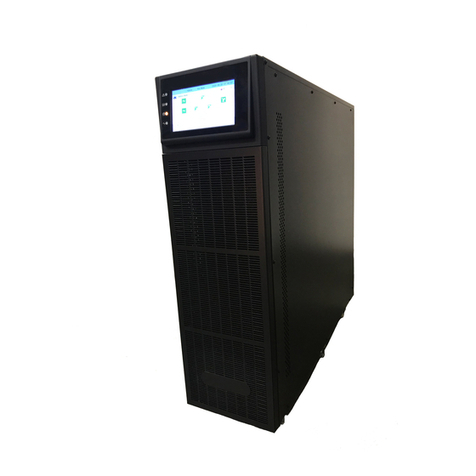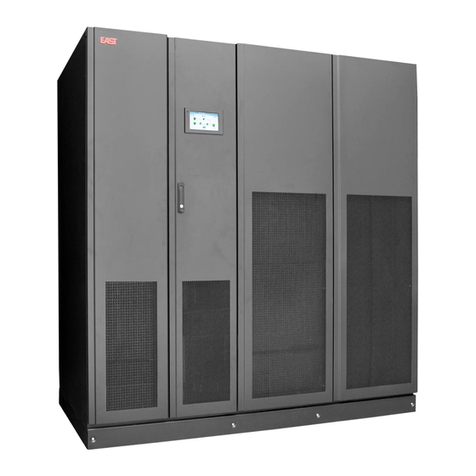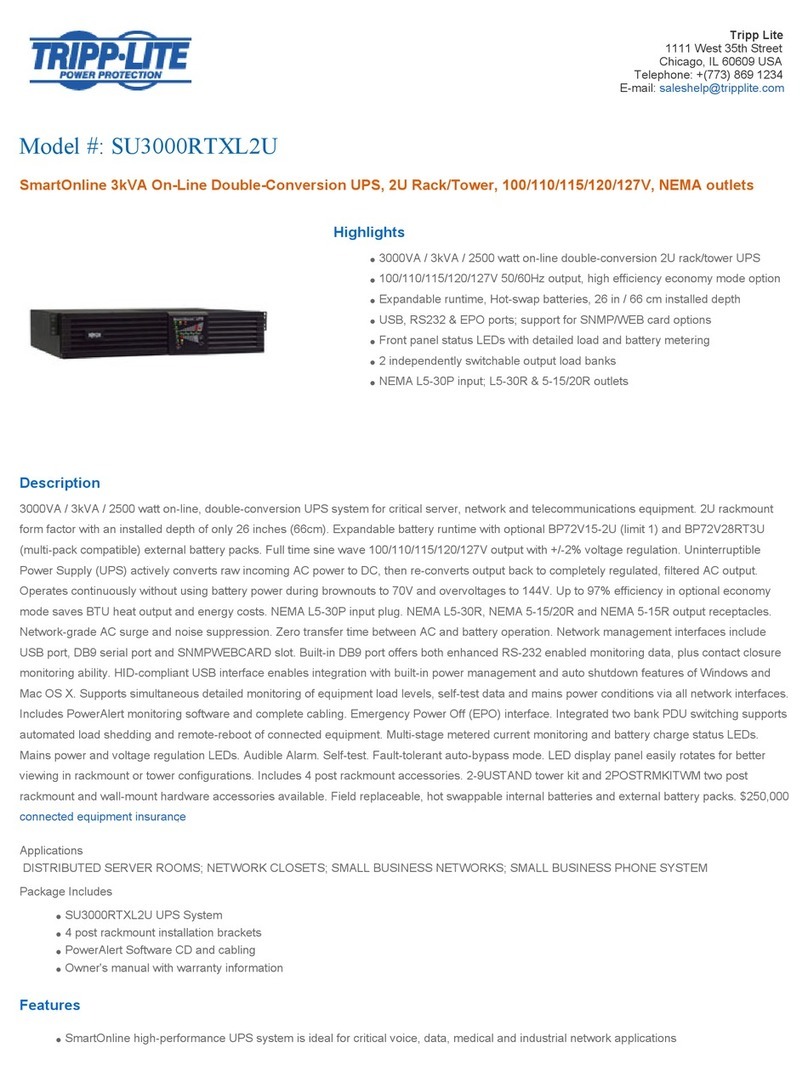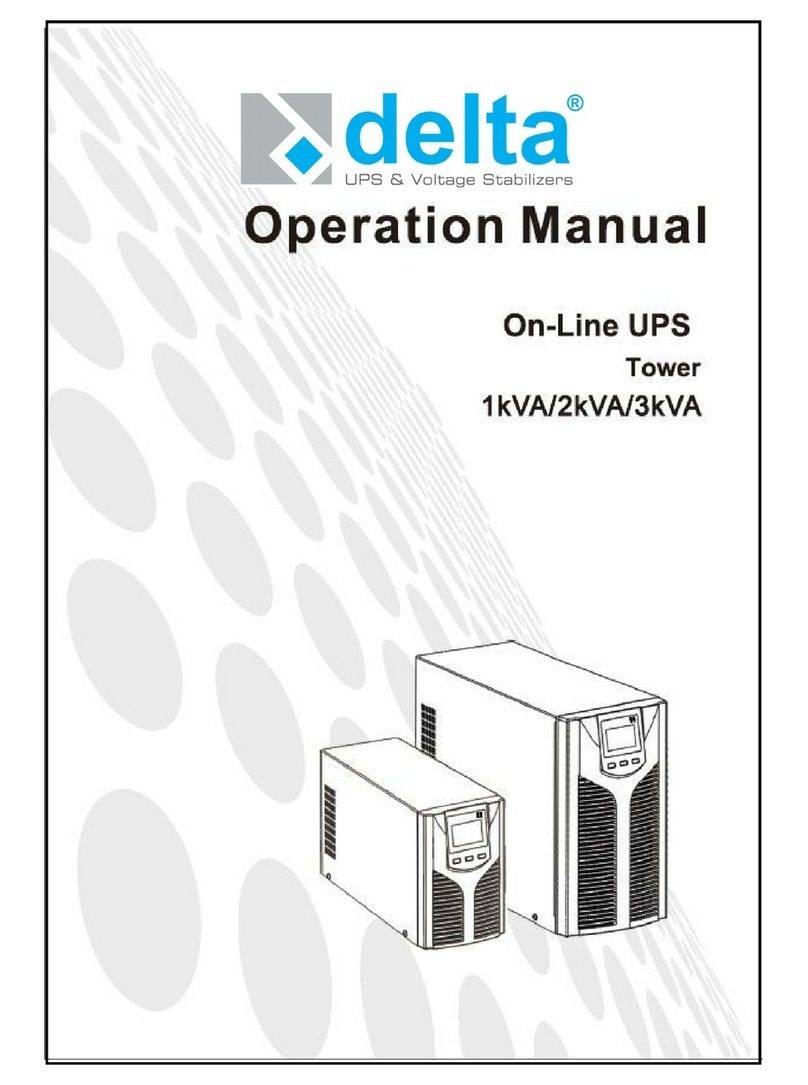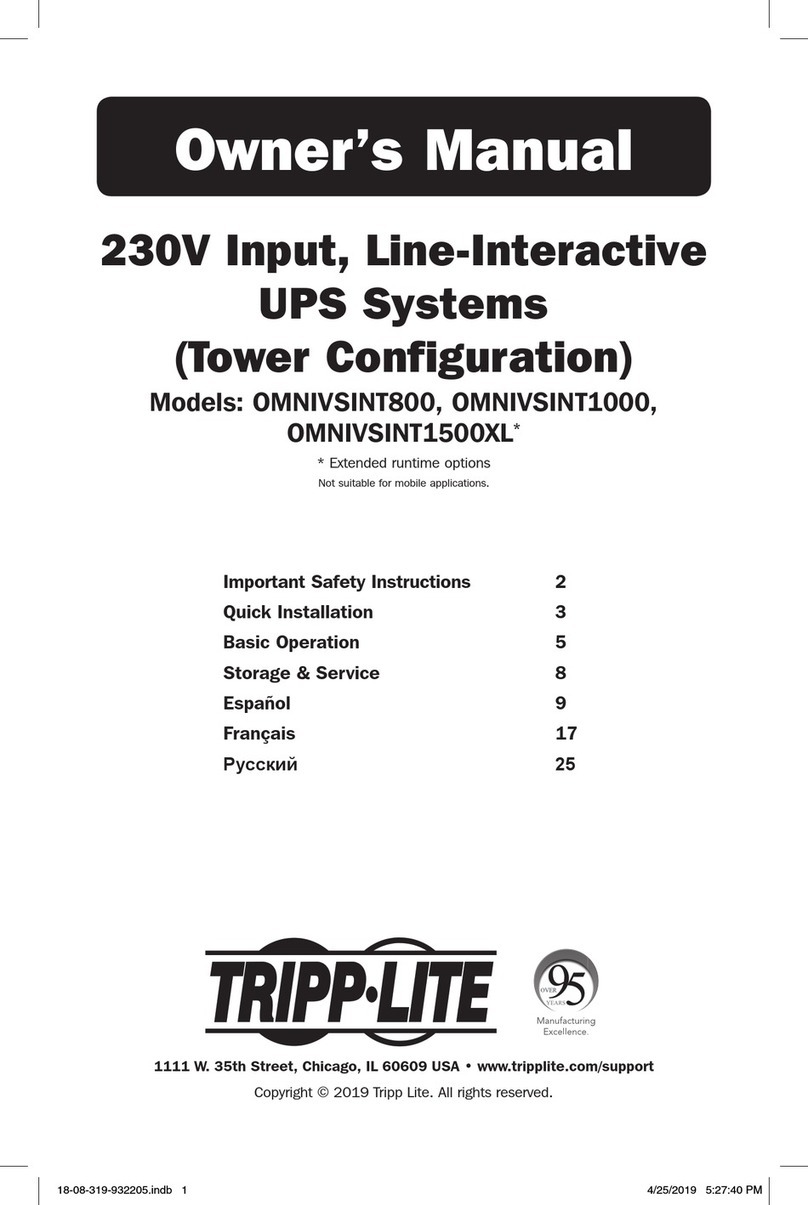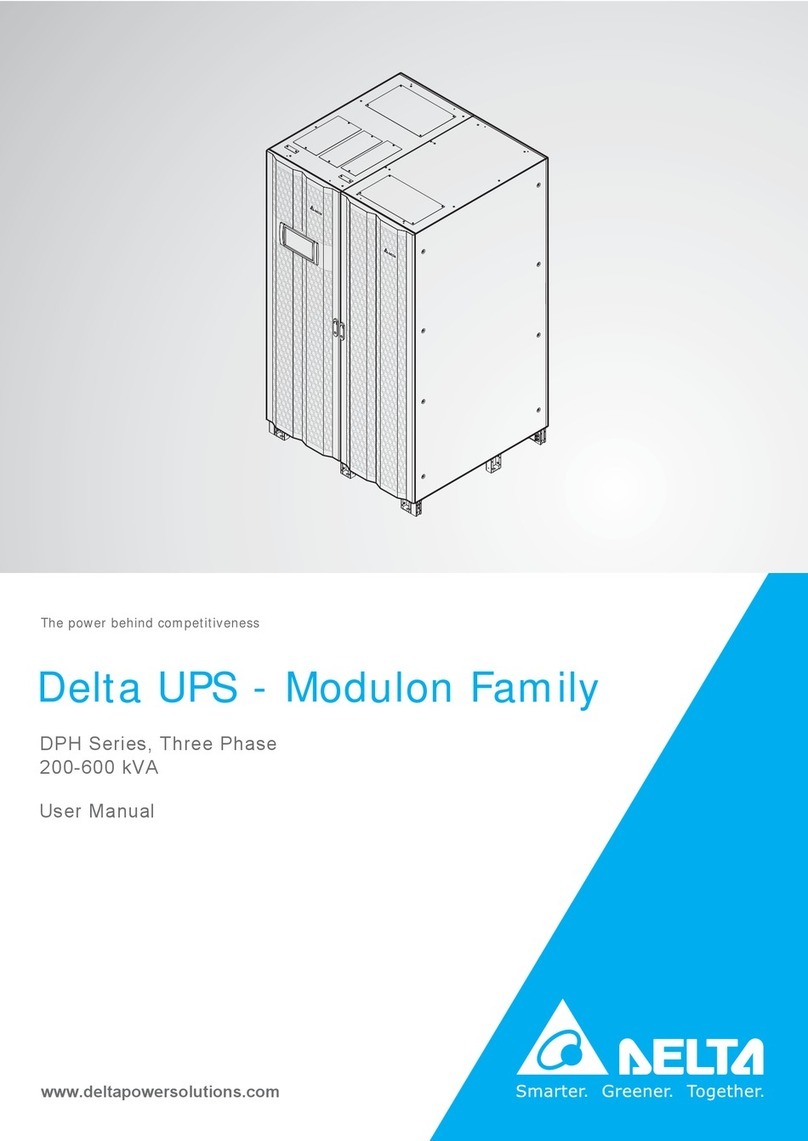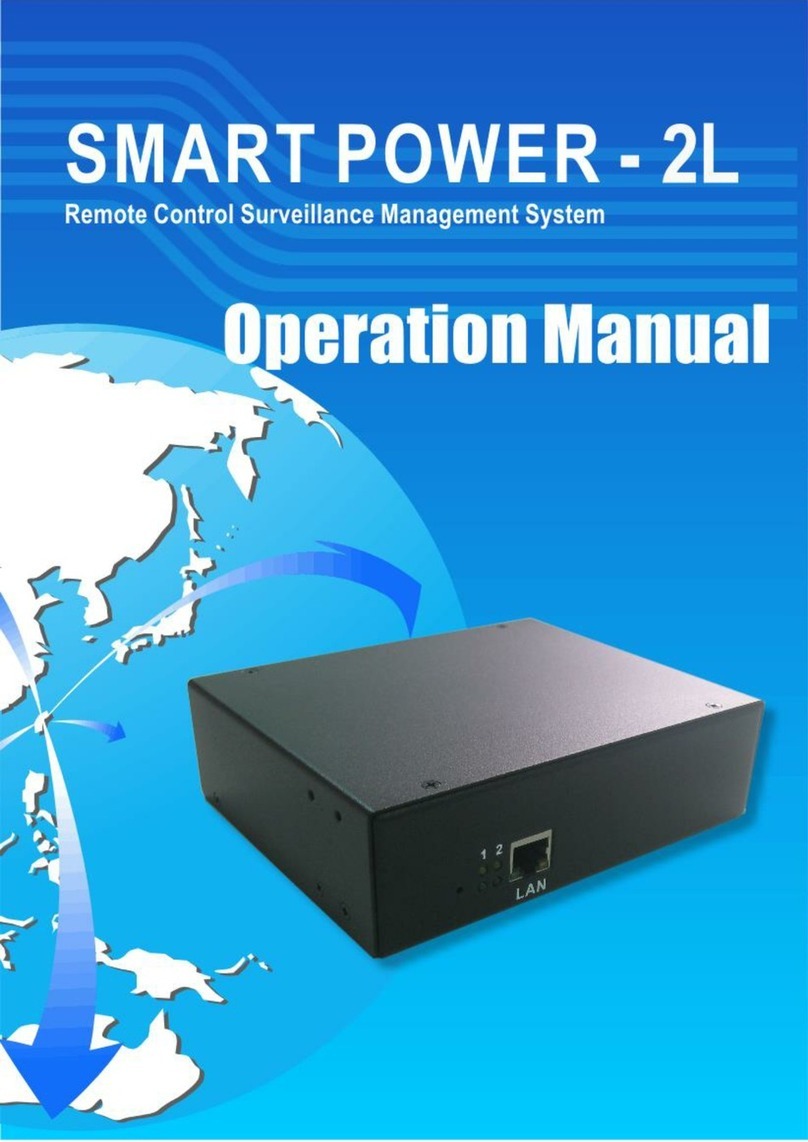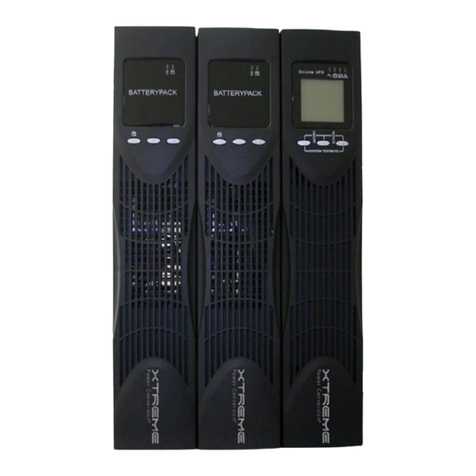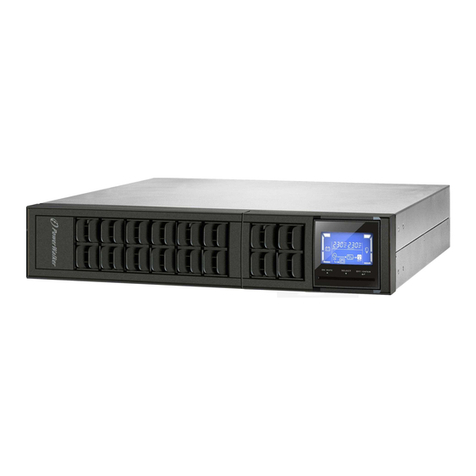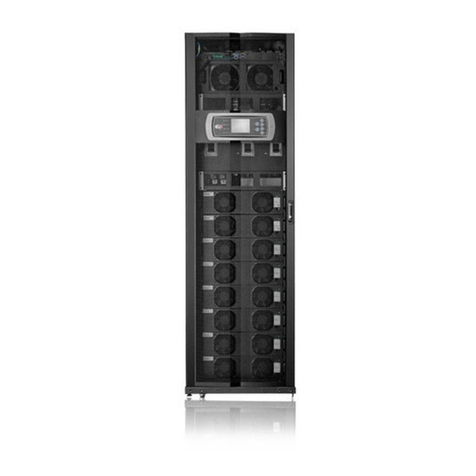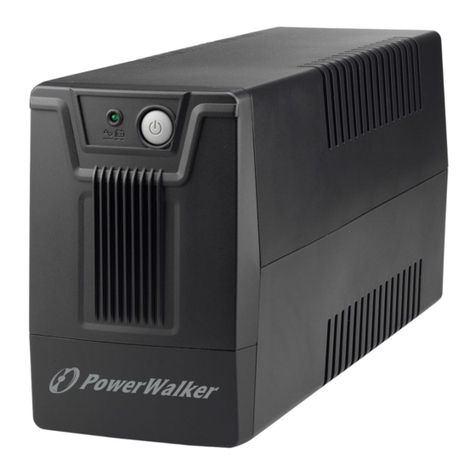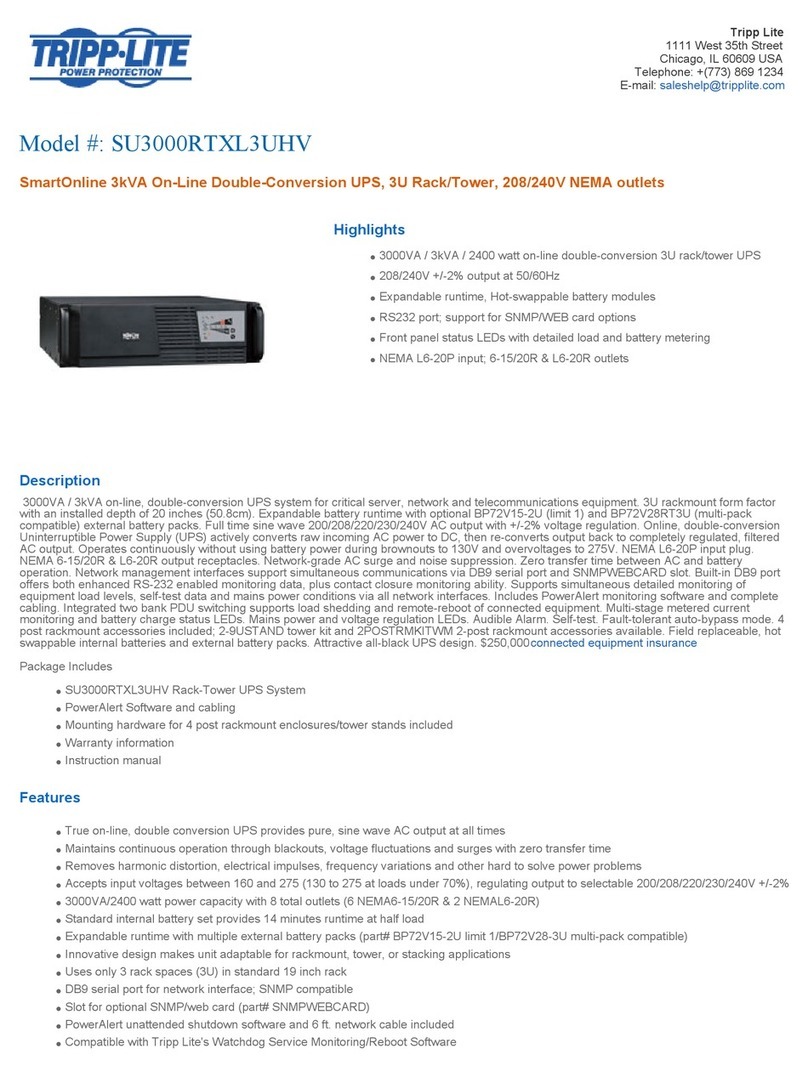
14
14. Warranty
14.1 Limited Three-Year Warranty and Exclusions
NOTE: For this warranty to be valid, completed registration information must be received within 30 days of original purchase.
Marathon Power warrants to the original purchaser, who must have properly registered the product within
30 days of purchase, and not for the benet of anyone else that this product at the time of its sale by
Marathon Power is free of defects in materials and workmanship for three (3) years (batteries for 2 years
within the USA, Canada and Mexico, otherwise 1 year) from the original purchase date. Marathon Power
will correct such defects by repair or replacement, at its option, if within such three year period the product is
returned prepaid and all warranty claim instructions are followed. This warranty excludes labor for removal
or reinstallation of this product. This warranty is void if this product is installed improperly or in an improper
environment, overloaded, misused, opened, abused, or altered in any manner, or is not used under normal
operating conditions or not in accordance with all labels or instructions. There are no other or implied
warranties of any kind, including merchantability and tness for a particular purpose, but if any implied
warranty is required by the applicable jurisdiction, the duration of any such implied warranty, including
merchantability and tness for a particular purpose, is limited to three years. Marathon Power is not liable
for incidental, indirect, special or consequential damages, including damage to, or loss of use of, any
equipment, lost sales or prots or delay or failure to perform this warranty obligation.
14.2 Limitations & Claims
This warranty does not cover any Marathon Power UPS or any properly connected electronic equipment
which has been improperly installed, overloaded, abused or altered in any manner, or is not used under
normal operating conditions, or in accordance with any labels or instructions, and does not cover any
damage to properly connected electronic equipment resulting from a cause other than a “surge”.
Damage caused by failure to provide a suitable installation environment for the product (including, but
not limited to, lack of a good ground) will not be covered by this warranty. This warranty does not apply
to damage caused by direct lightning strikes, or damage caused by electrical disturbances that exceed
published product specications. These products are intended to limit the maximum amplitude of transient
voltage surges on power lines to specied values. They are not intended to function as surge arrestors.
The UPS is intended to be installed on the load side of the service entrance and has been tested to verify
that transient voltage surges are limited when subject to non-repetitive transient voltage surge events. This
warranty excludes any incidental, indirect, special or consequential damages, including without limitation,
labor for removal or reinstallation of the Marathon Power UPS or any connected electronic equipment,
data loss or alteration loss of equipment use, lost sales or prots and any such damages for delay or
failure to perform this warranty obligation. This warranty is in lieu of and excludes all implied warranties
of merchantability or tness for use. In addition, the warranty does not cover restoration of lost data and
reinstallation of software. Some states may not allow the exclusion or limitation of incidental or consequential
damages or other remedies, so the above exclusions or limitations may not apply to you.
Take the following stps to le a warranty claim: Contact us at Marathon Power, Inc., Attn: Returns, 2538 E.
54th Street, Huntington Park, California 90255 or call (310) 689-2328 within 30 days of the occurrence. Be
prepared to provide detailed information about the event, any damage, the UPS model number, purchase
date and location. You will then be provided with a Return Authorization Number (RAN), and be instructed
to forward your proof of purchase (receipt), an explanation of the event and your UPS. If Marathon Power
determines that the damage was due to a “surge”, we may request that all connected equipment be submitted
for evaluation. Marathon Power is not responible for shipping costs. In the event that the equipment has
been damaged by a “surge” Marathon Power will reimburse you for repair or replacement at fair market
value (on a pro rata basis) as indicated by the respective amounts above. The warranty coverage is above
and beyond, only to the extent needed, of that provided by any other source, including but not limited to
any connected equipment coverage, any manufacturer’s warranty or insurance policy. To receive payment
for repair to damage due to a “surge,” the original purchaser should (upon prior approval from Marathon
Power) have such equipment repaired by an authorized service center of such equipment’s manufacturer.
The original purchaser will submit a repair bill along with a statement from the repair facility documenting
the nature of the damage and how it was sustained to said equipment.




















